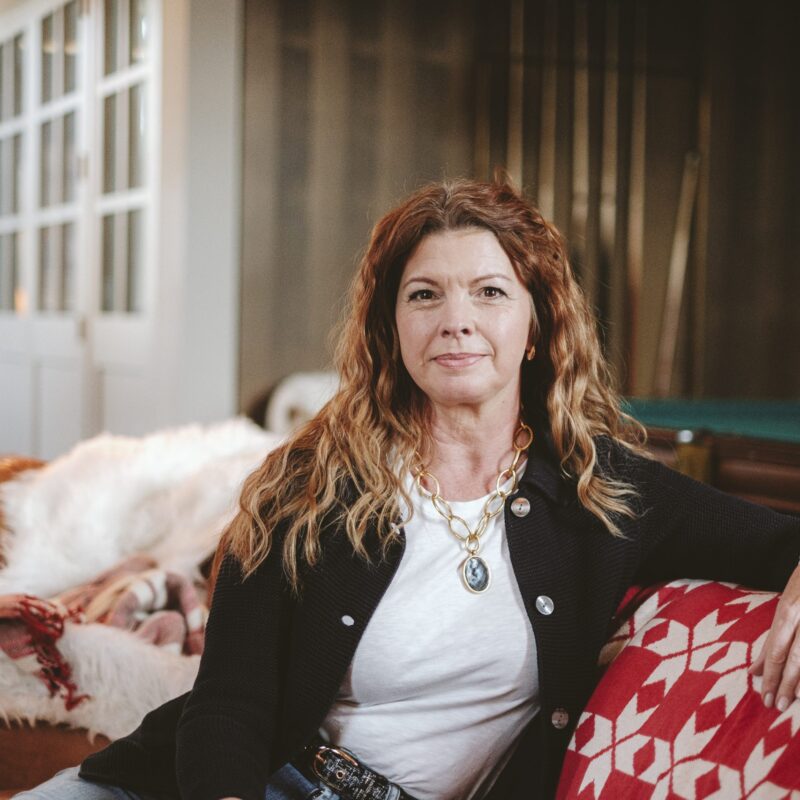In first grade, I grew a bean sprout the size of my hand using nothing but a dry bean, a wet paper towel and a plastic cup. Needless to say, when a renter says “I can’t garden in my apartment,” I don’t buy it.
/ABODE/boot.jpg) |
Whether because of space restrictions, a landlord with two brown thumbs and an ironclad lease, or a complete lack of any green space to begin with, it can be all too easy for renters to feel excluded from the garden club. But you can find a way to play in the dirt in any space, from a bungalow with a big backyard to a downtown apartment with a windowsill.
For myriad reasons, container gardening is one of the most practical and affordable approaches for green-thumb renters. Container gardening allows you to bring the outdoors in, as well as investing in your own project and not in someone else’s rental property. Who wants to dig up flowers when they move? The options for containers are endless, ranging from pots to boxes to bags. Browse the shelves of Fifth Season Gardening Co. (Preston Avenue) for an array of pottery, planters, and containers. If you’re feeling more creative and looking to save money to buy seeds, hit a consignment or thrift store for the perfect container—how about an old boot, tea pot, or watering can? While shopping, keep in mind a few self-contained rules:
Size matters. Your container should be 1-2" larger than the rootball/pot the plant came in, allowing room for the plant to grow in the new soil. Larger pots require less watering.
Color matters. Pay attention to the color/material of the pot, as it can affect plant growth and survival. Similar to selecting clothing, a dark colored pot or container will absorb more heat, helping many plants grow in the warmer months.
Drainage matters. A container should have a proper hole at the bottom for drainage of excess water. You can easily convert a container by drilling a few drainage holes in the bottom—just be sure to place it on a tray or plate to catch the excess water so as not to damage your floor or surface.
As with most design projects, you want to plan for the specifics of your home and lifestyle. I recently went to a local nursery hoping to purchase some blue hydrangeas to plant in my front yard. Armed with a cell phone photo of my yard and a sandwich baggie sample of the soil, I quickly learned from a specialist that the plants would not thrive in my desired location. The fact that blue is my favorite color would not prevent the sun and dry soil from baking my hydrangeas. Talk to a local horticulturalist to get a good feel for which plants will thrive in your indoor and outdoor spaces.
As for potted decorative plants, even a brown thumb will find it difficult to kill certain species, like Christmas cactus, spider plant, philodendron, or jade plant (and no, that’s not a challenge). Pay attention to your plants. If your newly potted ficus tree is turning yellow and dropping all of its leaves in your living room, it’s probably not in the most optimal spot. Don’t choose form over function. A dead ficus in the corner won’t look nice, anyway.
It goes without saying to follow the care instructions for your new plants; you might save yourself extra heartache by planting species that require similar sunlight, water, and care in your container garden. Pay attention to the quality of the plant when you bring it home—you never know when they were last watered at the nursery.
With container gardening, not only can you enjoy the beauty of plant life in your current abode, but you can easily take your plants with you when you decide to pull up your roots and move on.—Ed Warwick
Before joining the ABODE team, Ed Warwick was the author of “Simply Cville,” a blog about D.I.Y. design, entertaining, and home improvement projects. A UVA grad, Ed currently works as the Coordinator of LGBT Student Services under the University’s Dean of Students.
Look, Ma, no hands!
When it comes to clamps used in woodworking and the like, there is a veritable treasure trove of options. From the alphabetical C and F clamps, to the just-fun-to-say wooden cam clamp, each one is ready to lend you the extra hand that your project requires.
/ABODE/clamp.jpg) |
Even if you aren’t constructing a masterpiece in maple, it is often helpful to have a clamp or two in your toolbox for smaller, ’round the house projects such as wobbly chairs, detached book spines and even broken jewelry.
For smaller projects, spring clamps will hold objects tightly and securely. You may be familiar with the spring clamps’ shape as they are close cousins of the clips at the end of jumper cables. Instead of teeth, the ends of the spring clamp are smooth, flat metal and are usually covered in rubber to protect the items being secured. To use the clamp, simply squeeze the handles and place the rubber-coated ends around the object to be held. Release the handles gently and you’re free to walk away.
For larger projects you may want to upgrade to my personal favorite, the one-handed bar clamp. This clamp is similar to an F-clamp in shape with the added feature of being able to adjust, clamp and release using—you guessed it—only one hand. To use the “Quick Clamp,” as it’s often called, you rest the middle line of the F (the bottom arm of the clamp) on the items to be held. Then you squeeze repeat-edly until the top part of the clamp de-scends and hugs the items securely. When no longer needed you simply depress the trigger-like lever above the squeeze handle and the pressure is released.—Christy Baker
Christy Baker is a local Jane-of-all-trades. Whether it’s fixing furniture, building a chicken coop or maintaining her roller skates, this creative mom of two always keeps a toolbox (or at least some duct tape) handy.





